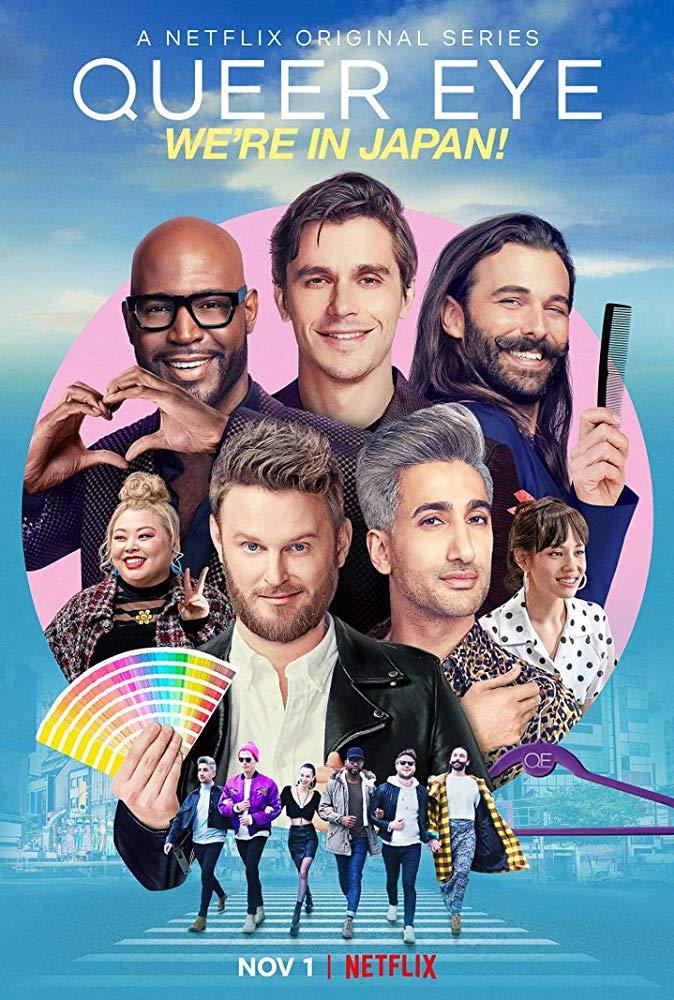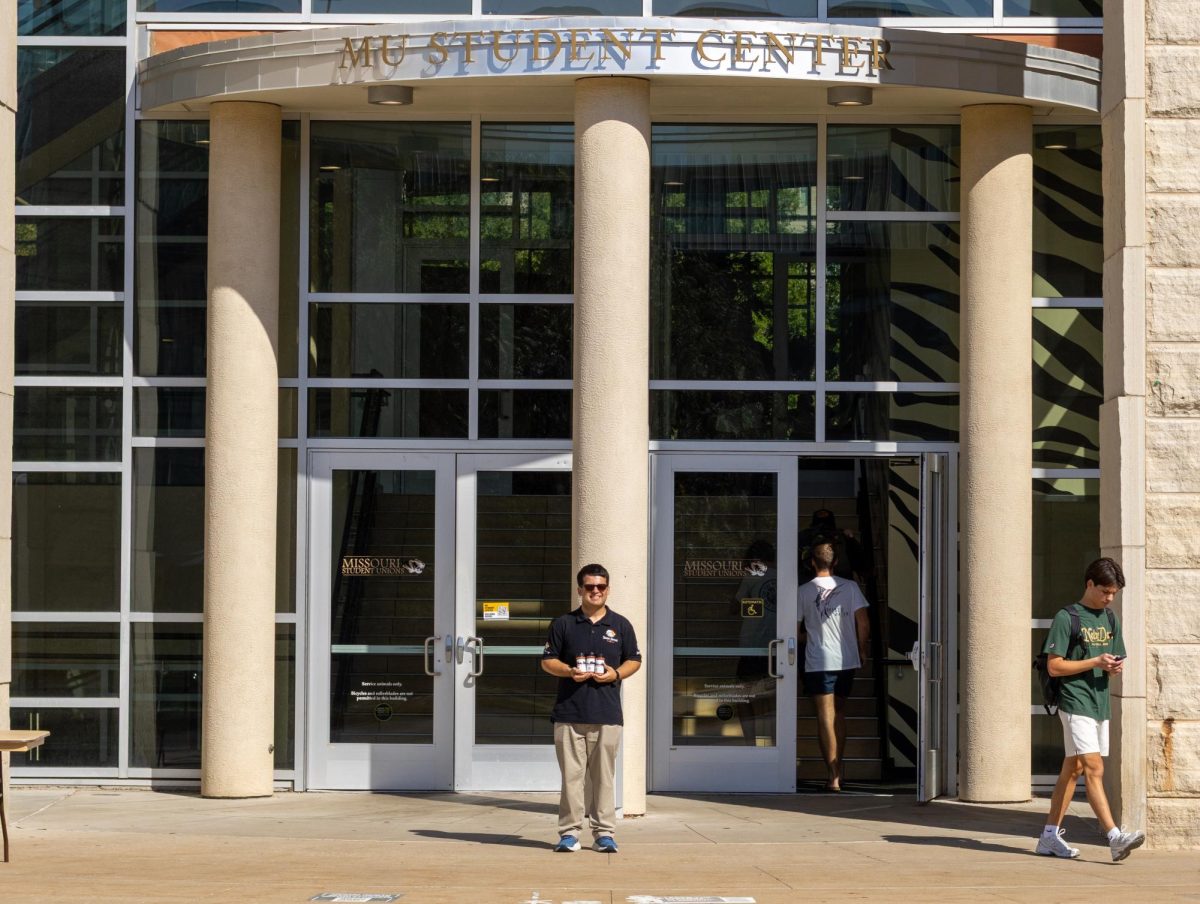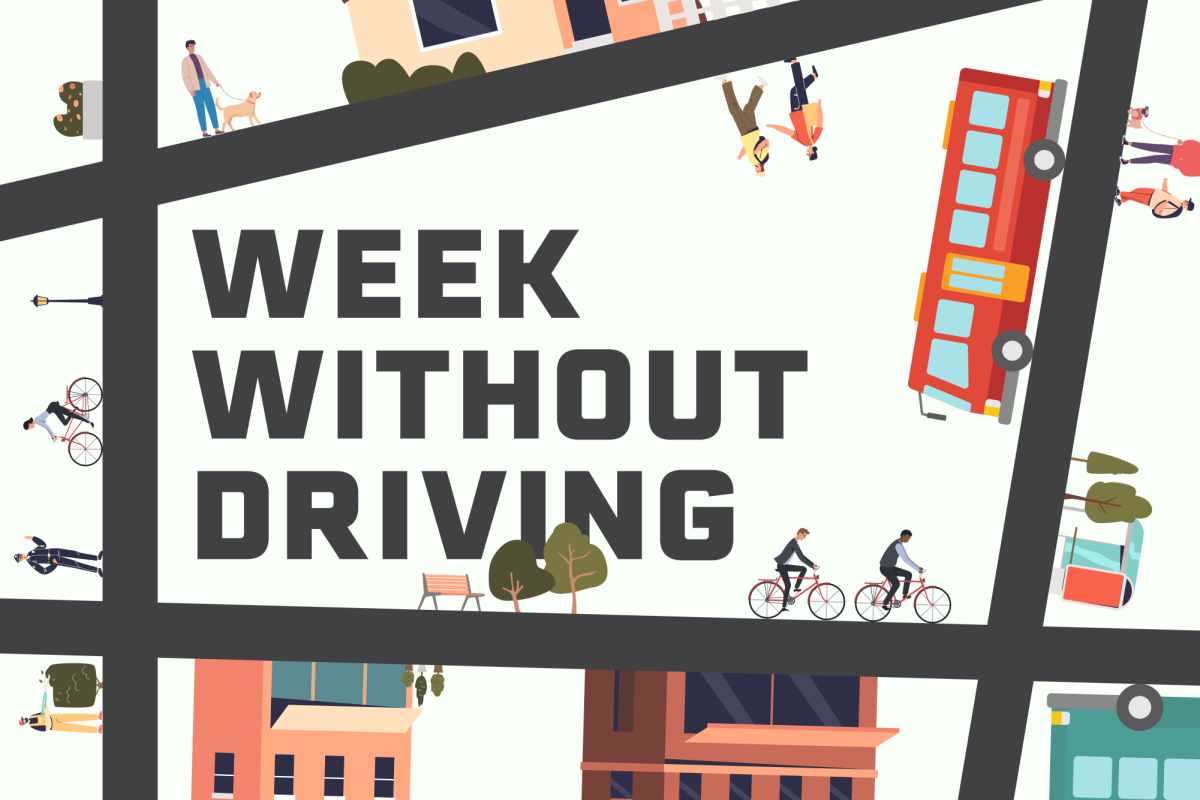The emotion and power of Netflix’s “Queer Eye” aren’t lost in translation in its most recent feature season, “Queer Eye: We’re in Japan!”
The four-episode spinoff of the Netflix original series launched Nov. 1. Hosted by a lovable group of gay men and one non-binary person fondly known as the Fab Five, the show sees a new subject get “made over” each episode.
In this season, the Fab Five head to Japan with the goal of getting to know Japanese culture through the lenses of the four subjects they make over. Critics worried that the approach would come off as insensitive or would gloss over the nuances that differentiate this version of Queer Eye from the American seasons set in Atlanta and Kansas City, Missouri. To be fair, the guys’ eager “konnichi wa’s” and judo outfits may be excessive. But at its heart, the spinoff accomplishes its goal.
“No matter where we go in the world, our one connecting factor is our desperation for connection, love and support,” Tan France, fashion expert of the Fab Five, said at the conclusion of the fourth episode. It’s true, as viewers will find this season similar to the first four, with a few twists that keep it fresh and emotionally charged.
For instance, the group and the producers of the show realize that they aren’t able to address cross-cultural issues head-on, so they often defer to Japanese pop culture icons to help out.
In episode two, we meet Kan, an out gay man who feels ostracized in a culture rife with homophobia. Karamo Brown, the series’ culture expert (who often seems more like a therapist) introduces Kan to Kodo Nishimura, a Japanese monk and makeup artist who’s lived through some of the same struggles that Kan faces. Viewers see ‘movie magic’: the two have a conversation about being out in the conservative climate of Japan, and Kan is suddenly more comfortable with his identity. It’s not really that simple, but it’s important that we see Brown acknowledge that he doesn’t have a place in this delicate conversation.
This feature series derives its poignance and emotion through its head-on confrontation of people’s struggles with identity. It’s only amplified by larger issues that are still present in Japanese ideologies. The first episode deals with an older woman’s loss of femininity in others’ eyes, a common problem among Japanese women. The third and fourth episodes see an exploration of a girl’s discomfort with her body and a man’s difficulty expressing love, respectively. Unfortunately, each of these insecurities is pervasive in Japan, and so each subject’s emotional turmoil is especially relatable to foreign viewers.
Another difference this season brings to the table is the language barrier between the Fab Five and their makeover subjects, aided by an ‘invisible’ translator behind the camera. At first, the conversation is stilted, particularly noticeable in the first episode. But as a viewer, it’s incredibly satisfying to watch that barrier dissolve as bonds form despite the cultural differences.
And yet, though the season is filmed around Tokyo, a far cry from Atlanta and Kansas City, most elements are surprisingly familiar. The formulaic structure of the show remains. Grooming expert Jonathan Van Ness is in rare form, flamboyant and overwhelmingly positive; Antoni Porowski helps the subjects prepare simple Japanese dishes; “Queer Eye’s” unsung hero, Bobby Berk, completely renovates each of the subjects’ homes. Beautiful shots of raw emotion and love dominate the screen. We meet some new faces: Kiko Mizuhara, a model and the gang’s guide to Tokyo, as well as Naomi Watanabe, a body positivity advocate. They only add to the main cast’s charm.
If you’re looking to cry happy tears, or simply want more “Queer Eye” content, it’s worth watching the Fab Five “roll up [their] gorgeous gay sleeves,” according to Van Ness, and take on Japan.
_Edited by Joe Cross | [email protected]_








